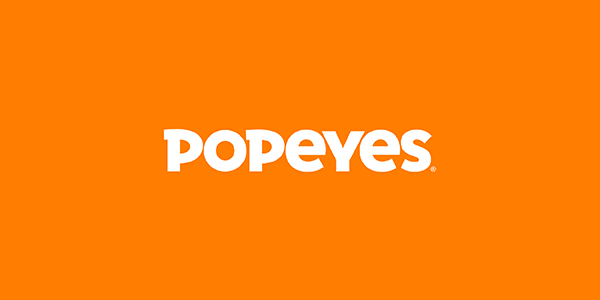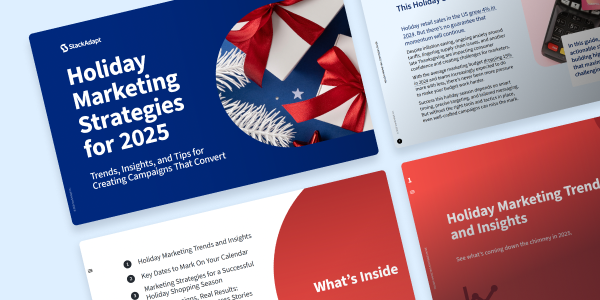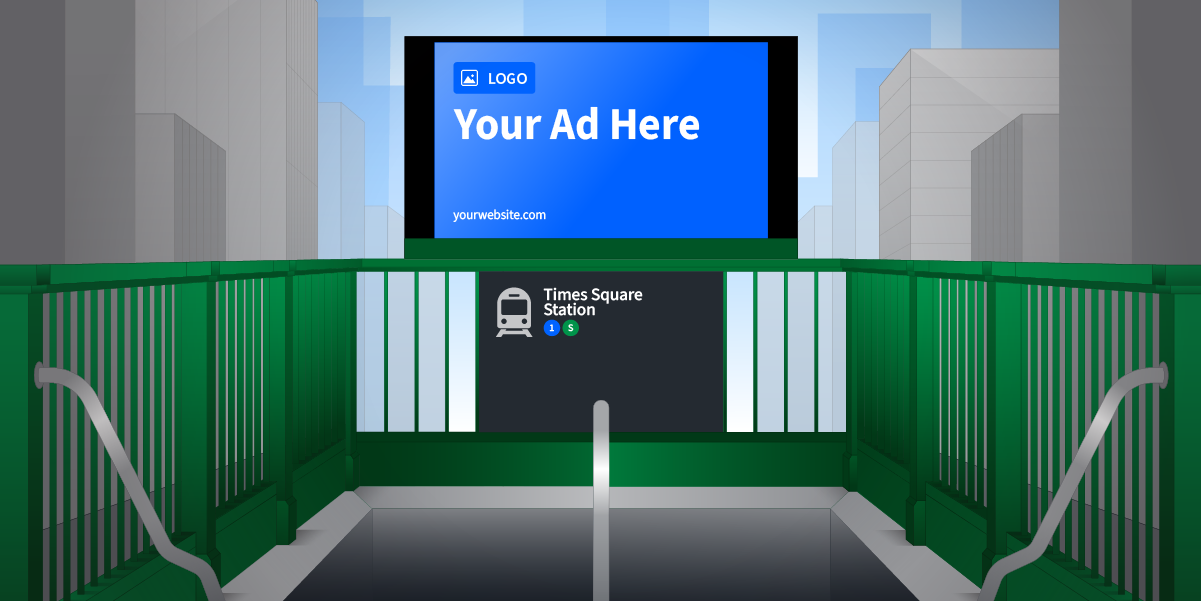How to Leverage Generational Marketing in Audience Segmentation

Every generation, from baby boomers to Gen Z, behaves differently. Each group’s identity has been shaped by different life factors, including technology. They have unique motivations, and consume media in different ways. With generational marketing, you’re able to account for these differences as part of your advertising strategy.
Read on to learn what generational marketing is, and how to best reach each of today’s most prominent generations: Gen Z, millennials, Gen X, and baby boomers.
What is Generational Marketing
Generational marketing is when the target audience in a digital advertising strategy is segmented and targeted according to which generation a user was born into.
It’s an important strategy because there are notable differences between generations, which are driven by various factors like the events happening in the world as they grew up, politics, or the access they have had to specific technologies. Each generation shares similarities in life experiences, which can then shape how they view the world, their most important values, and their ideals.
The Benefits of Generational Segmentation
In digital marketing, segmenting your target audiences when running a programmatic campaign enables you to reach specific niches and tailor your message to different types of people, including by generation.
Segmenting allows you to nurture customers, drive conversions with precision, and provide a personalized experience for your audience. Read on to learn the two main benefits of generational segmentation.
1. It Helps You Craft Messaging That Resonates
Generational marketing gives you insight into the most common preferences of generations, whether related to specific devices or certain lifestyle values. Although some of the shopping habits among people of one generation might differ slightly depending on the product or service they are looking into, many basic characteristics ring true across a generation. You can use this information to inform your campaign messaging.
2. It Enables Hyper-Relevant Targeting
We are in a very tech-driven world, and so understanding how each individual generation interacts with technology is key to reaching the right users at the right moment. Different generations tend to prefer or gravitate toward different devices and channels. Knowing which ones your target audience is on means you’re able to build single or multi-channel campaigns that will reach them wherever they are spending time.
An Overview of Today’s Generations
Understanding today’s most relevant generations is the first step to leveraging the benefits of generational marketing in your digital strategy. Based on the natural affinities and similarities between generations, you can draw insights about how they behave. This will inform where you might find a specific generation online, and the phrasing of the messaging in your ad campaigns.
Let’s break down the 4 main generations in 2022, and learn specific tactics that will help you to reach them with programmatic advertising.
Gen Z (Born Between 1997 and 2012)
With over 74 million kids and young adults, Gen Z makes up almost 25% of the US population. Although their disposable household income is on the lower end at $26,565, this generation does spend. Gen Z has a spending power of $143 billion USD and accounts for about 40% of global consumers in 2021.
Key Characteristics of Gen Z:
- Brand values matter to Gen Z.
- Gen Z are very influenced by their communities and people they admire, like celebrities and influencers.
- Gen Z are digitally savvy and love to be online.
Tactics for Reaching Gen Z with Programmatic Advertising:
- Communicate your brand values in a personal and relatable way.
- Improve the quality of your online experience: dynamic content, aesthetically pleasing images, carousel ads, and videos.
- Reach Gen Z across screens: run ads across devices including mobile, desktop, tablet, and connected TV (CTV).
- Reach Gen Z in screenless moments: run programmatic audio campaigns to capture audiences listening to digital radio and podcasts.
- Avoid invasive ads, go for natural seeming, organic ads as this generation is the least willing to tolerate any form of online advertising.
Millennials (Born Between 1981 and 1996)
Millennials stand out for their technology use because they grew up with digital media and devices. Although they aren’t considered digital natives in the way that Gen Z are, they are very tech-savvy. Millennial shoppers are now more established in life, and 53% of millennial households have children. Millennial shoppers hold $2.5 trillion USD in spending power.
Key Characteristics of Millennials:
- Millennials are multi-channel shoppers.
- Millennials are online spenders.
- Millennials are receptive to social proof.
Tactics for Reaching Millennials with Programmatic Advertising:
- Run ads across devices to target millennials on any screen, ensuring you reach them when and where they are most likely to engage.
- Consider running ads on CTV because millennials find CTV ads relevant and informative, and will seek out more information after exposure.
- Integrate programmatic audio to capture millennial attention where they are listening in screen-free moments.
- Millennials have grown to expect hyper-relevant advertising, so use dynamic retargeting to deliver ads with personalized content to millennials who browsed your website to re-engage them.
- As millennials work to inform themselves about a product or service before purchasing, leverage native ads to provide educational content and put them in the driver’s seat for making a research-based purchase decision.
Gen X (Born Between 1965 and 1980)
Gen X is at the height of their careers, which means they are currently in their prime spending years. Given this, it comes as no surprise that Gen Xers account for 31% of the total US income despite being the smallest generation. Currently, their mean household expenditures are $74,683 annually, and according to the US Department of Labor, Gen X outspends all other generations when it comes to housing, clothing, eating out, and entertainment.
Key Characteristics of Gen X:
- Gen X is a challenging generation to define because they are tightly sandwiched between baby boomers and millennials.
- Many Gen Xers have started families and have children that are school-aged or in college.
- Gen X are a unique generation because they didn’t fully grow up with technology like Gen Z and millennials did, but they are still open to it.
Tactics for Reaching Gen X with Programmatic Advertising:
- Don’t assume Gen X aren’t responsive to digital. They are tech-forward and receptive to digital advertising across channels and devices.
- Use dynamic retargeting to serve ads with personalized content to Gen X consumers who visited your website to explore your product or service.
- Use 3rd-party data to understand Gen X households. Attributes such as family composition and the presence of children can help define your audience and refine your marketing approach.
- Gen Xers tend to research businesses on the internet before purchasing. Use native ads to provide more information about a product or service, rather than just pushing a sale.
- Leverage customer reviews and value adds in your messaging. Curating the messaging in your ads to highlight what customers have said about your product will boost purchase confidence in Gen X.
Baby Boomers (Born Between 1946 and 1964)
While this generation didn’t grow up with digital technology, they are catching up fast. Baby boomers are beginning to retire, but they are still big spenders. There are now around 68 million baby boomers in the US, and they have a mean household expenditure of $63,325 annually.
Key Characteristics of Baby Boomers:
- Baby boomers tend to gravitate toward premium brands and stores.
- Baby boomers have high expectations when it comes to customer service—both online and offline.
- Baby boomers are entering retirement age, which will bring fundamental changes to their lifestyles and spending habits.
Tactics for Reaching Baby Boomers with Programmatic Advertising:
- Custom segments will enable you to capture baby boomers. Target users in their age range who have recently searched for information on your market category.
- Use dynamic retargeting to serve ads with personalized content to baby boomers who visited your website to explore your products or services.
- Display ads on desktop will grab the attention of baby boomers. Use them to reinforce brand awareness and deliver messaging that speaks to the quality of the product or service that you offer. This will be particularly impactful as a retargeting tactic, leveraging site visits from a mobile device.
- Ensure your messaging is clear and provides direct information. Baby boomers are savvy shoppers that like to research before purchase, so give them the information they’re looking for.
- Leverage an empathetic tone in your messaging. This generation values quality customer service, so demonstrate how your brand will support them if they need it.
Generational Marketing Examples
Ready to dive into generational marketing? Here are examples of a generational marketing strategy in practice, to help you get started.
Leverage Audio to Capture the Attention of Millennials
Millennials are active listeners on digital audio channels like Spotify playlists and podcasts, so much so that they are known as the “audio generation.” Integrate programmatic audio into your multi-channel campaign to capture millennial attention where they are listening in screen-free moments.
Use your audio ads to trigger brand awareness and brand affinity, and then retarget with native ads to inform that audience further about a product or service before purchasing. Native ads will provide educational content and put millennials in the driver’s seat for making a research-based purchase decision, which is exactly where they like to be.
Use Dynamic Retargeting to Reach Baby Boomers
With dynamic retargeting you can serve ads with personalized content to baby boomers who visited your website, and have explored your products or services. Display ads on desktop will grab the attention of baby boomers. Use them to reinforce brand awareness and deliver messaging that speaks to the quality of the product or service that you offer. This will be particularly impactful as a retargeting tactic, leveraging site visits from a mobile device
Ensure your messaging is clear and provides direct information. Baby boomers are savvy shoppers that like to research before purchase, so give them the information they’re looking for.
Leverage an empathetic tone in your messaging. This generation values quality customer service, so demonstrate how your brand will support them if they need it.
Continue to Update Your Generational Marketing Strategy
Generational norms evolve over time. They are shaped by world events, culture, technology, and more. As generations get older, and new technology becomes available, the channels that they are most likely to respond to digital ads on will change. With this in mind, it’s important to remember to regularly review and make iterations to your generational marketing strategy.







